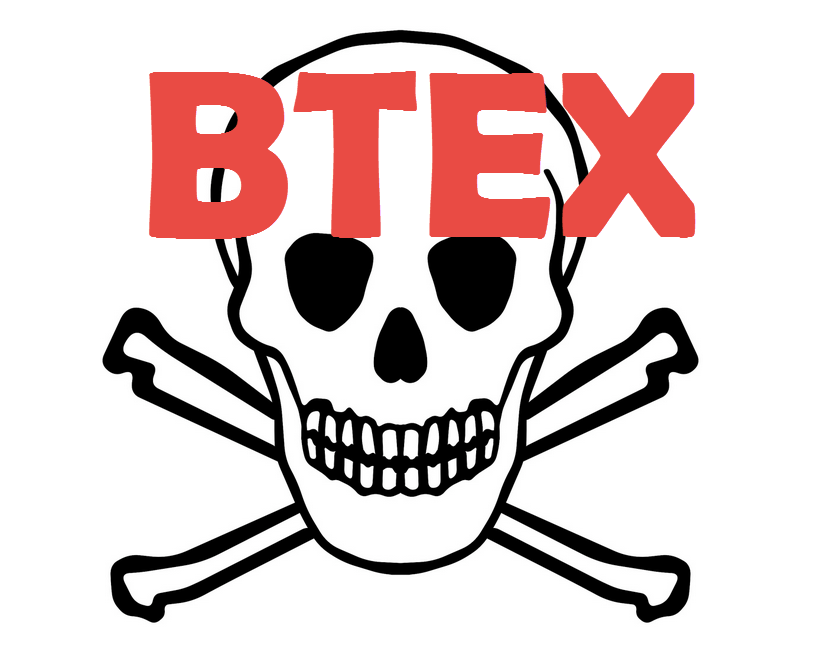
Benzene, Toluene, Ethyl Benzene and Xylene are the most common contaminants in SRU acid gas feed. Because these components can crack or polymerize in the catalyst bed, if not destroyed at the reaction furnace, it is really important to understand how to avoid BTEX from breaking through the process. Destroying BTEX in the Reaction Furnace is even more challenging when acid gas feed has a low H2S content, like in some Natural Gas Plants. For Refineries, if the plant employs front side split or split-flow process configuration, incorrect amounts of by-pass of the Amine Acid Gas can prevent the Reaction Furnace from achieving the temperature needed to destroy BTEX.
Although much literature indicates that 1050C is the minimum temperature to destroy BTEX, design of the Reaction Furnace (Turbulence and Residence Time) is also as important as the temperature. Typically, a minimum of 1250C is recommended to destroy contaminants including ammonia from the sour water stripper (for refineries).
Acid Gas preheating has been a common way of handling low temperature issues but this configuration is energy intensive and can add complexity on the Claus Unit. Fuel Gas Co-firing is a better way to increase the RF temperature, but this too can cause carbon formation and/or increase COS and CS2 formation if not operated properly.








Leave a Reply